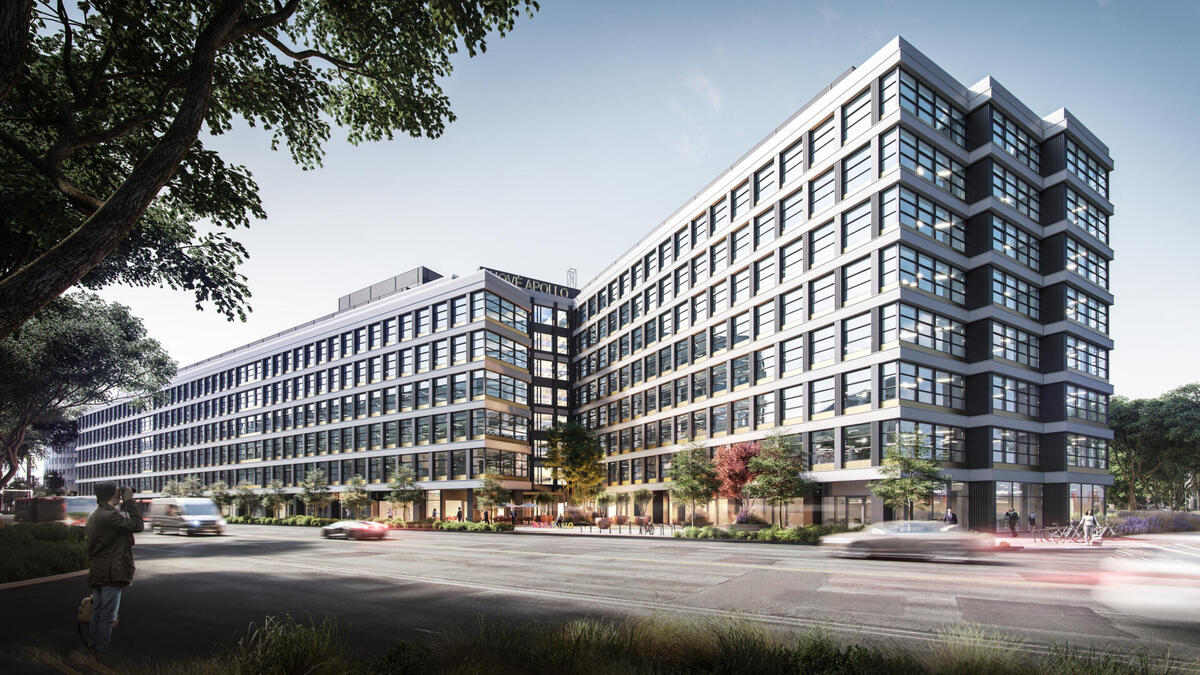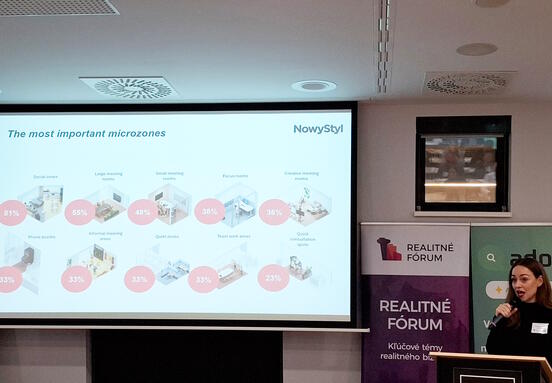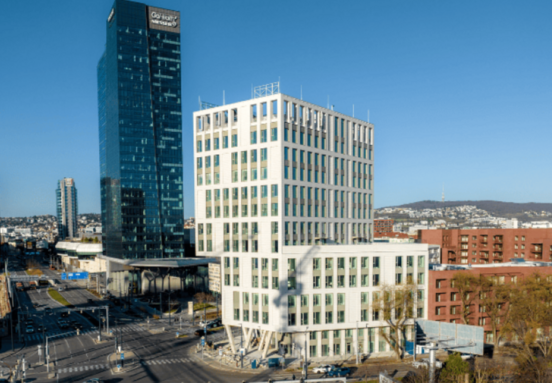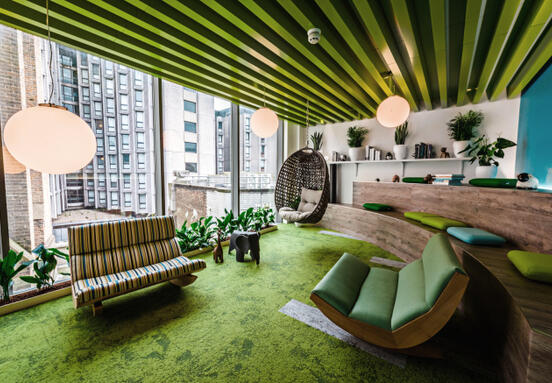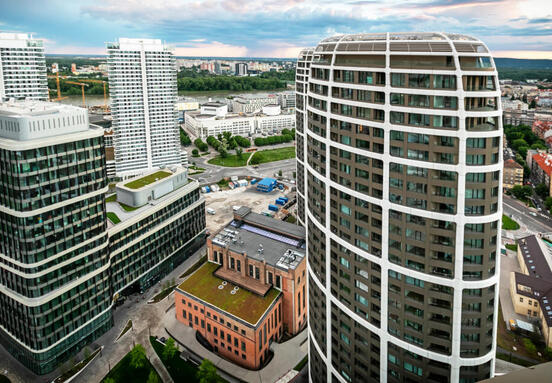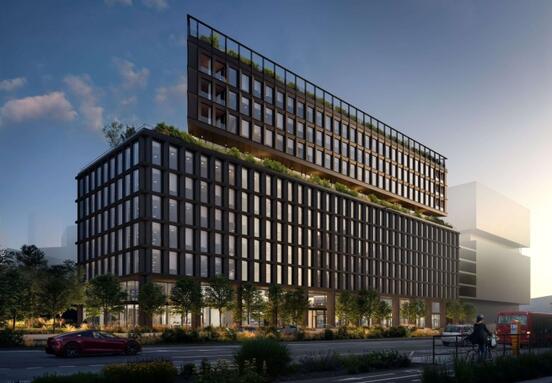The location, the technical equipment of the premises, the design and whether the premises meet modern requirements for environmental sustainability and the quality of the indoor environment. All this is the key to success for the client to decide on a commercial space. Of course, the price also comes into play. This includes not only rental or purchase, but also the services, maintenance and management required by the premises.
Currently, approximately 170,000 square meters of offices are under construction in Bratislava, with a completion date of 2024. Several developers have reassessed their investment plans and resorted to converting the original office projects into residential ones, because the office market now seems to be saturated. According to data from the JLL company, even in the current situation there is demand for both methods of acquiring office space, but the dominant one is still rent.
"In the case of sales, it is more about larger volumes of office space, or office buildings as a whole. The offer of small premises for sale is significantly limited, therefore this segment is naturally dominated by renting," says Janka Machová from the JLL office real estate leasing department.
Slightly higher prices
Rental prices have increased slightly compared to last year. Of course, specific types of office buildings must be distinguished. The increase is particularly noticeable in new developments, which have gradually filled up and today only offer the last available spaces. On the other hand, the price of buildings under construction is affected by the constant increase in the price of building materials, long delivery times, and the personnel utilization of construction capacities. In the case of older buildings, the rent increase is more moderate. But what has changed across the board is the price of service fees, which, among other things, also include the energy consumption of the building and often also the individual consumption of clients. On average, this cost increased by one euro per square meter of rented space.
"Regarding the demand for individual types of premises, we do not register big differences. However, the preference for the length of the rental period has changed. Companies prefer shorter and more flexible contracts than in the past. We notice an increased interest in serviced offices from international corporations," adds J. Machová.
According to the estimates of J. Machová from JLL, the trend of increasing rental prices will continue. Due to the limited supply of new premises, the differences in rents between buildings of category A+ and buildings in other categories will deepen even more. By the end of the year, the vacancy rate is expected to drop below the current 11.94 percent.
"With the arrival of legislative changes related to the fulfillment of the first ESG parameters, owners of older buildings will have to think about investments in improving the quality of spaces and ensuring the energy efficiency of their properties, which will significantly affect the rent prices in this category of buildings," adds J. Machová.
Different types of spaces
Richard Urvay, Managing Director from Colliers points out that within commercial real estate there are several segments such as office buildings, industrial and logistics halls and retail. "In the industrial, logistics hall and retail park segments (retail sub-segment), we feel pressure to increase real estate prices, as demand exceeds supply. Traditional retail and office buildings have not yet fully recovered from the two-year slump during the covid era, as employers have felt an increased interest in working from home. E-shop purchases are still experiencing a boom in retail," R. Urvay describes the situation, adding that the situation cannot be generalized for commercial real estate. However, increasing prices can be expected, according to him.
